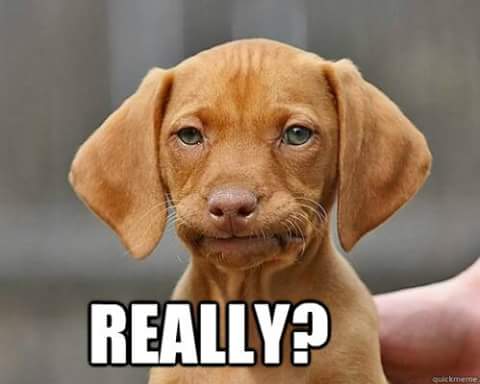Wage Gains? Once again mainstream gets it wrong
This morning as I made myself my first of what is likely to be many cups of coffee given a rather poor night’s sleep, I found myself once again facepalming at the financial news media. First let’s look at the Earnings Report issued this morning from the Bureau of Labor Statistics. Yes, that was the first thing I read this morning at 5:30am PST – there is a reason friends have suggested therapy. According to the report, for all employees,
Real average hourly earnings were unchanged, seasonally adjusted, from February 2016 to February 2017. The unchanged real average hourly earnings combined with a 0.3-percent decrease in the average workweek resulted in a 0.3-percent decrease in real average weekly earnings over this period.
Yes, you read that right. Over the past year, all employees actually made less on a weekly basis. But it is even worse if you are part of the 80 percent that are non-supervisory. For that group,
From February 2016 to February 2017, real average hourly earnings decreased 0.3 percent, seasonally adjusted. The decrease in real average hourly earnings combined with no change in the average workweek resulted in a 0.4-percent decrease in real average weekly earnings over this period.
So why am I all huffy about the mainstream financial media before even having my second cup of joe? As I waited by my Nespresso machine for that desperately needed first cup, I clicked on a link on my iPhone’s home screen to a CNBC article on retail sales. I direct your attention to the third paragraph below, for the full article click here.
Seriously? Decent pay gains? Really? What would be indecent? This is why investing can be so darn hard for those that actually have jobs other than scouring the data for themselves. Once again we get evidence of just how false the prevailing narrative can be.
If we look at today’s Retail Sales report from the U.S. Census Bureau we see that,
Retail trade sales were up 0.1 percent (±0.5 percent)* from January 2017, and up 5.9 percent (±0.7 percent) from last year. Gasoline Stations sales were up 19.6 percent (±1.4 percent) from February 2016, while Nonstore Retailers were up 13.0 percent (±1.8 percent) from last year.
So let me get this straight. People are making less this year than last, but sales are up pretty substantially. Oh yes, and home prices are also up. Not to be a Debbie-downer, but this divergence doesn’t sound all that sustainable to me. If anything it sounds like more cofirming data for Tematica’s Cash-strapped Consumer investing theme.



